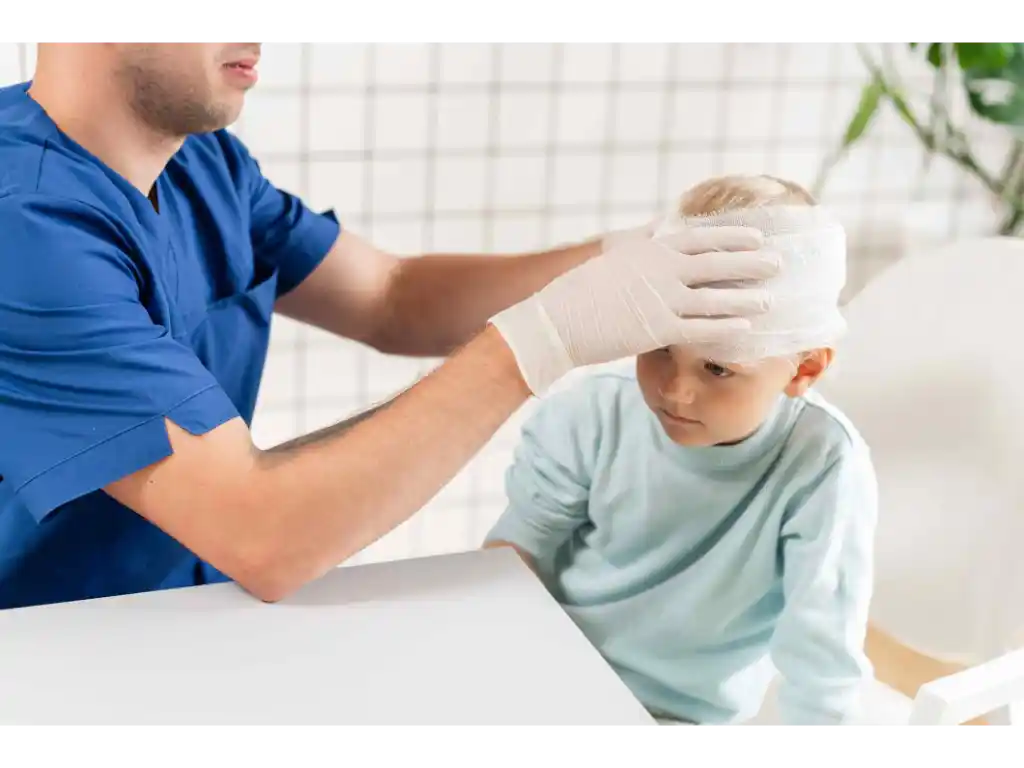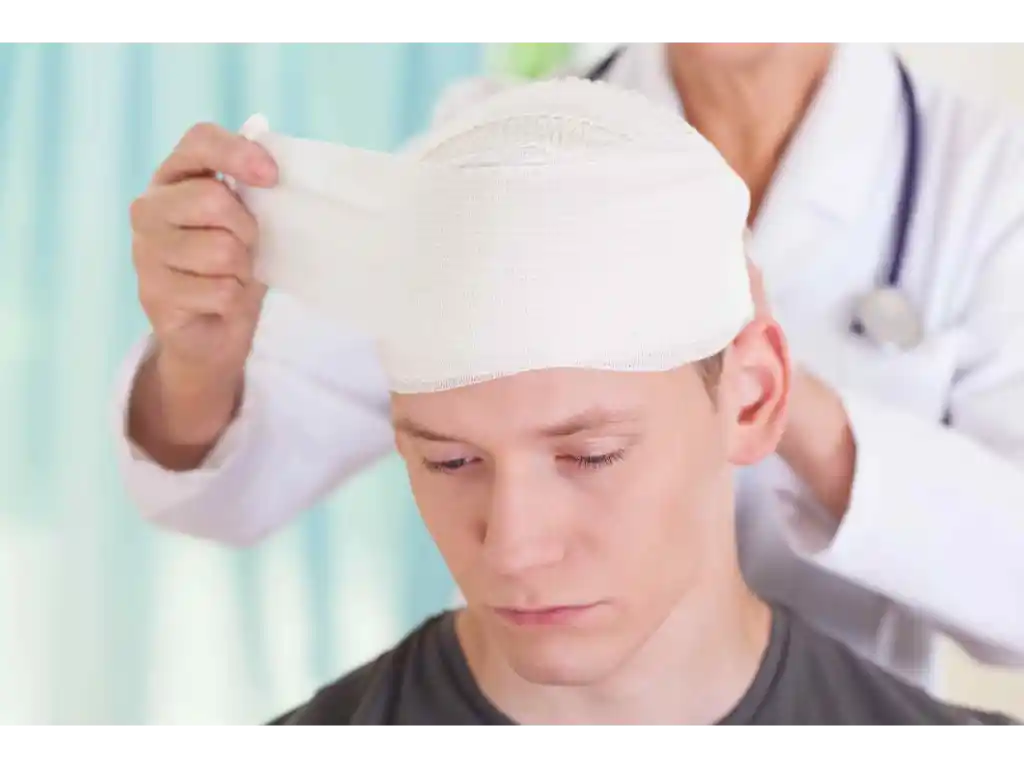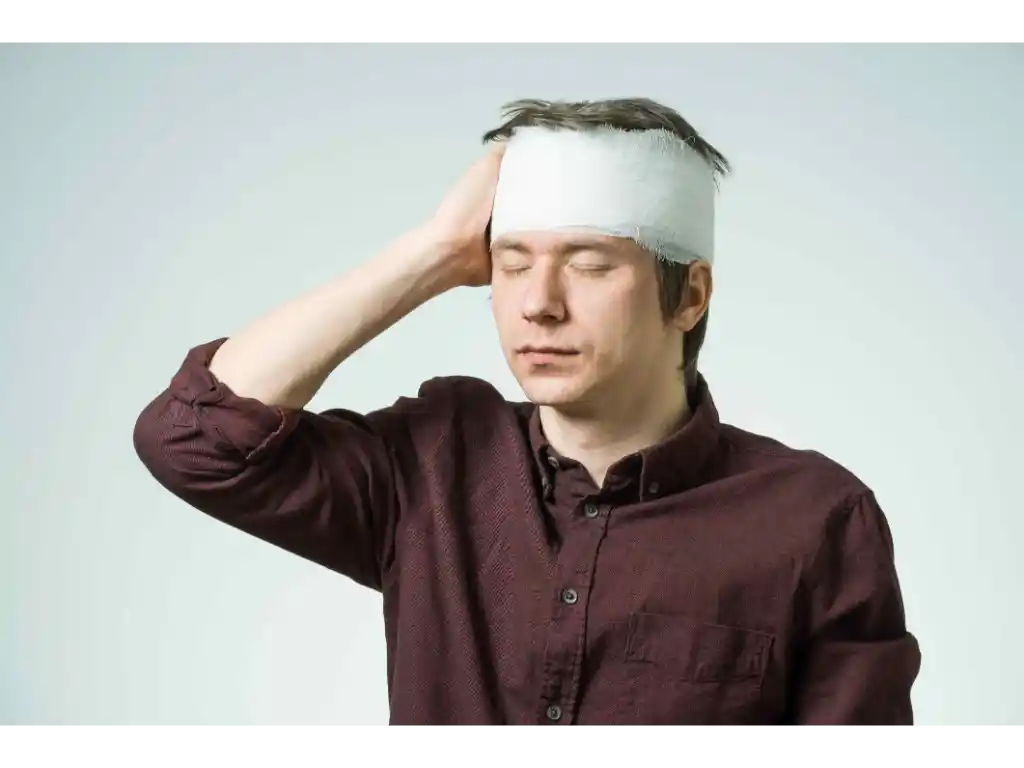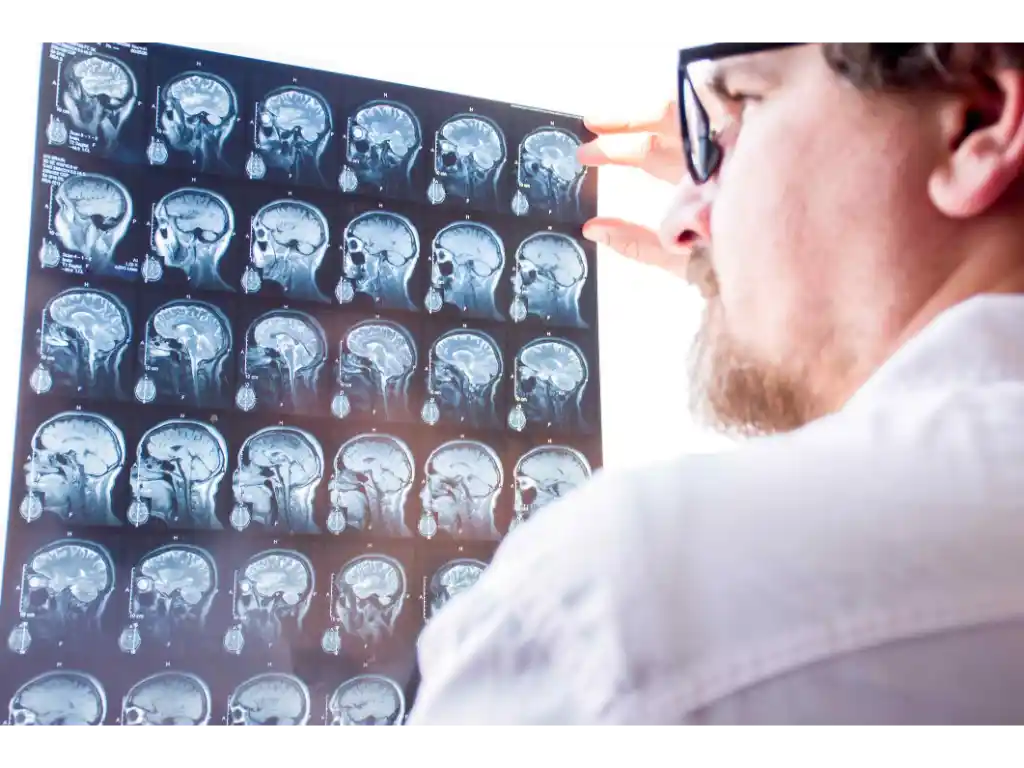
Cumulative Visits for Care of Minor Injuries are Associated with Traumatic Brain Injury in Young Children
Childhood traumatic brain injuries (TBI) are the leading cause of subsequent lifelong disability among children. In children under two years old, the two most common causes of head trauma are accidental (such as car accidents) or physical abuse. Often caused by unsafe environments or lack of supervision, abuse-related TBI cases make up almost half (45%) of non-vehicle related incidents of pediatric TBI.
Health care providers know that repeated hospital visits for injuries in young children are a red flag for possible abuse. Because abuse is also a common cause of other injuries, these hospital visits may signal an increased risk of more serious, debilitating head trauma in the future.
To further investigate the correlation between repeat hospital visits for non-head injury and subsequent TBI in children, a research team analyzed health insurance claims made for children under 36 months born between 2009 and 2012. They screened hospital visits for minor injuries, such as superficial fractures to the head and body, burns, or ingestion of foreign objects, and also later instances of TBI.
They found that, out of a total of 91,011 children, TBI occurred in 637 children (0.7%) by the time they were 36 months old. Repeated visits for superficial head and body fractures were associated with a significantly increased risk of subsequent TBI, but burns and swallowing objects were not.
The outcomes of this study emphasizes that medical care providers should be aware that multiple visits for minor head and body injuries in infants and toddler may signal both physical abuse and risk of a future TBI. Identifying these risk factors can help provide appropriate observation and screening while the child is in hospital care. Medical staff are also encouraged to consider interventions on behalf of the child’s safety to remove or reduce possible abuse and risk of TBI.
Obikane E, Yamana H, Hasunaga H, et al. Cumulative visits for care of minor injuries are associated with traumatic brain injury in young children. Acta Paediatrica. (April 2020).
Ask A Question,
Tell Us Your Situation, &
Get A Free Consultation
Contact Us & We’ll Guide You Through Your
Next Steps!
Required Fields*
Your Information Is Safe With Us.
We respect your privacy. The information you provide will be used to answer your question or to schedule an appointment if requested.
Cumulative Visits for Care of Minor Injuries are Associated with Traumatic Brain Injury in Young Children

Childhood traumatic brain injuries (TBI) are the leading cause of subsequent lifelong disability among children. In children under two years old, the two most common causes of head trauma are accidental (such as car accidents) or physical abuse. Often caused by unsafe environments or lack of supervision, abuse-related TBI cases make up almost half (45%) of non-vehicle related incidents of pediatric TBI.
Health care providers know that repeated hospital visits for injuries in young children are a red flag for possible abuse. Because abuse is also a common cause of other injuries, these hospital visits may signal an increased risk of more serious, debilitating head trauma in the future.
To further investigate the correlation between repeat hospital visits for non-head injury and subsequent TBI in children, a research team analyzed health insurance claims made for children under 36 months born between 2009 and 2012. They screened hospital visits for minor injuries, such as superficial fractures to the head and body, burns, or ingestion of foreign objects, and also later instances of TBI.
They found that, out of a total of 91,011 children, TBI occurred in 637 children (0.7%) by the time they were 36 months old. Repeated visits for superficial head and body fractures were associated with a significantly increased risk of subsequent TBI, but burns and swallowing objects were not.
The outcomes of this study emphasizes that medical care providers should be aware that multiple visits for minor head and body injuries in infants and toddler may signal both physical abuse and risk of a future TBI. Identifying these risk factors can help provide appropriate observation and screening while the child is in hospital care. Medical staff are also encouraged to consider interventions on behalf of the child’s safety to remove or reduce possible abuse and risk of TBI.
Obikane E, Yamana H, Hasunaga H, et al. Cumulative visits for care of minor injuries are associated with traumatic brain injury in young children. Acta Paediatrica. (April 2020).
Post tags
Table of contents
Related Blog Posts

Traumatic Brain Injury May Be a Risk Factor for Schizophrenia
Mental disorders are one of the most common outcomes of traumatic brain injury (TBI). About 1 in 3 individuals who sustain a TBI will develop depression in the following six months, and about half will…

Noise Sensitivity Following Mild Traumatic Brain Injury is a Predictor of Long-Term Post-Concussive Symptoms
The symptoms associated with mild traumatic brain injury (mTBI), also called concussion, typically resolve within a few weeks. One of the most common symptoms is noise sensitivity, which can cause discomfort and distress in loud,…

Is a Neuropsychological Exam Necessary After Suffering a Brain Injury?
After a person suffers a minor or severe brain injury, doctors often use MRI or C.T. scans to help identify lesions and determine if there is any neurocognitive dysfunction. However, even with a C.T. scan…

